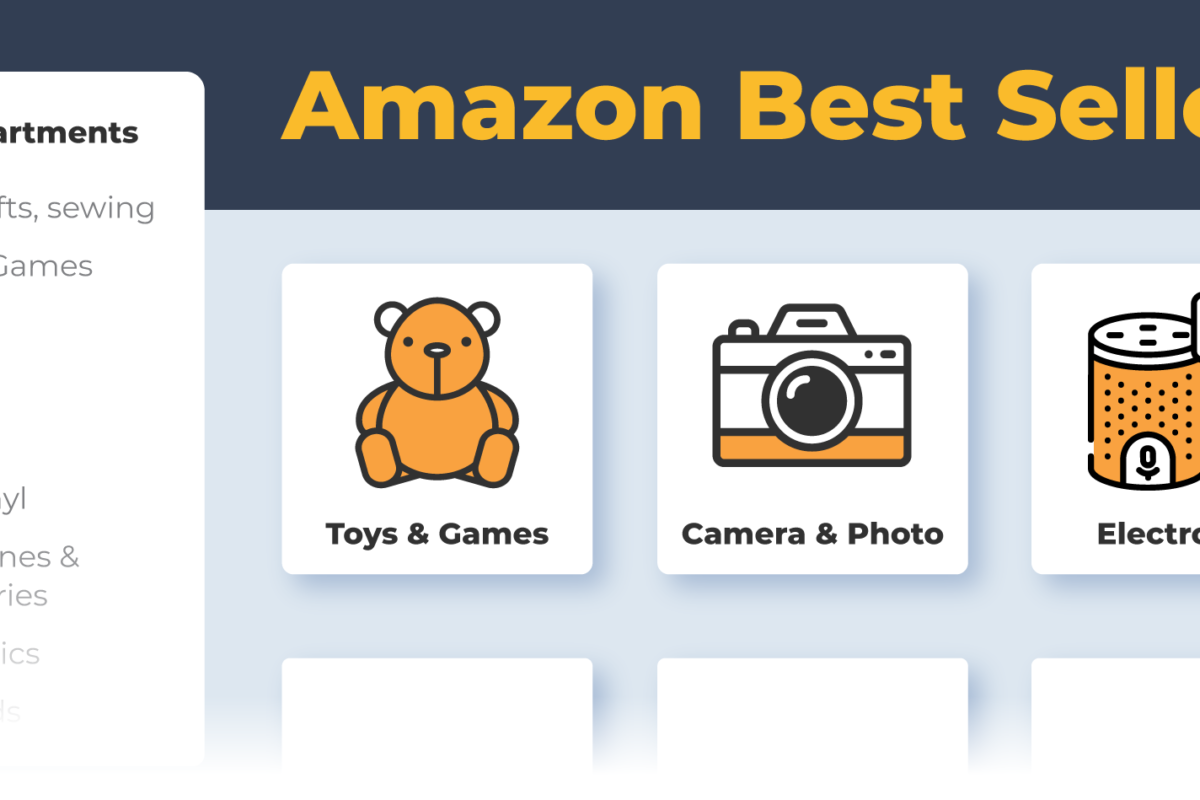You might have felt a slight rumble under your feet last November, and heard the faint but unmistakable sound of an unstoppable object coming into contact with an immovable force.
In the US, the epicenter of the collision, the noise must have been deafening. In a marketing version of Godzilla versus King Kong, bulk retailer Costco and Coca-Cola went to war.
For weeks, the two had been negotiating a new supply contract. Then in November, the talks broke down and Costco, the third-biggest retailer in the US, released a terse statement: ‘At this time, Coca-Cola has not provided Costco with competitive pricing so that we may pass along the value our members deserve.’ This means that Costco will no longer stock Coke, Sprite, Fanta, Powerade or Dasani until the matter is resolved.
Although it is impossible to be sure what took place behind closed doors, it is likely that the two parties approached the pricing discussion with conflicting outcomes in mind.
In the US, Coca-Cola is trying to increase prices to offset the gradual decline in volume sales, so it’s possible it tried to ask for more money.
For Costco, facing stiff competition from other big discount players such as Sam’s Club and Trader Joe’s, the emphasis would have been on Coke dropping its prices. With Costco’s profit margins already nerve-shreddingly thin at 3%, a price cut is the only way to ensure it can undercut its competitors. The two corporate behemoths were set on a collision course and the wait was on to see who would blink first.
Many analysts were betting against Costco. ‘This is not going to bully Coke into changing its pricing strategy,’ said John Sicher, editor of trade publication Beverage Insights. ‘Coke is going to focus on the right price and right market for its products, no matter what.’
I wasn’t so sure. For me, the dispute represents the latest evidence of a tectonic shift in the power balance between manufacturers and retailers.
A decade ago, no major retailer would have dreamed of delisting Coke. The risk of losing customers would simply have been too great. However, times change, and, thanks to retailer consolidation and the growing power of private labels, the balance of power has shifted in Costco’s favor.
Just look at the numbers. Costco’s 407 US megastores supply about 10% of the US’ total soft-drinks consumption, meaning the store is likely to represent somewhere between 5% and 10% of Coca-Cola’s $30bn North American sales.
Now turn it around. Costco stocks everything from diamond rings to fine wine to electrical goods. For all its brand equity, Coke accounts only for a fraction of a single percent of Costco’s $70bn sales. It is hurt much more than Costco by the falling-out.
Costco could lose shoppers because it no longer stocks Coke and its sister brands. However, Costco’s brand is not built on always stocking every possible product and its customers know that.
With its Kirkland own-brand line and preferential terms from a presumably delighted Pepsico, Costco can live without Coke if it has to. Moreover, the rift reinforces its low-cost credentials, and signals its readiness to go in hard to negotiations with other suppliers.
This kind of dispute is breaking out with increasing frequency and, while it is always hard to guess which side will capitulate, retailers seem to be gaining the upper hand.
In December the dispute ended, Coke products returned to Costco and the sign above left the shelves.
Coke declined to provide details on the arrangement.
The Blake Project Can Help: The Brand Positioning Workshop
Branding Strategy Insider is a service of The Blake Project: A strategic brand consultancy specializing in Brand Research, Brand Strategy, Brand Licensing and Brand Education





3 comments
Jason Lim
March 25, 2010 at 12:37 am
I agree that this is a growing trend. A dispute between Colgate-Palmolive and the Philippines’ largest retailer resulted in a total pull out of the former’s items across all stores of the latter.
http://www.sminvestments.com/smic/?p=259&type=2&sec=25&aid=3602
I am uncertain whether or not this has been resolved, but it really is an indicator of the shift you mentioned.
http://www.gmanews.tv/story/169731/sm-remains-open-to-colgate-palmolive-star-cinema-despite-pullout
Mike Harris
March 25, 2010 at 1:45 pm
Pepsi’s current marketing snafus are a key strategic opportunity for Coke to take territory on a hyper-competitive battleground. Pepsi is stumbling hugely so this is no time for Coke to lose distribution ground.
Dennis
March 27, 2010 at 9:15 am
There are indeed a lot more conflicts between those two parties. But one side having all the power doesn’t always lead to the best result.
For example Walmart cleaned up its product assortment in certain categories and only kept two-three national brands. this in order to create more space for its own brands.
But the latest results show that these strategies might not be ideal for the retailer.
I’ve also got an example of a manufacturer/retailer conflict in Belgium:
Unilever vs Delhaize (Food Lion in the US):
The retailer pulled about 300 products from its shelves because the prices were “too high”.
The basic issue was that Delhaize refused to carry the full product lines of some Unilever products. This resulted in higher prices for the products they wanted in their stores.
Delhaize was losing clients for not carrying their preferred brands. (Among the cuts were top sellers such as deodorant Axe and Dove).
In the end an agreement was reached but details of its outcome were not supplied.
Comments are closed.